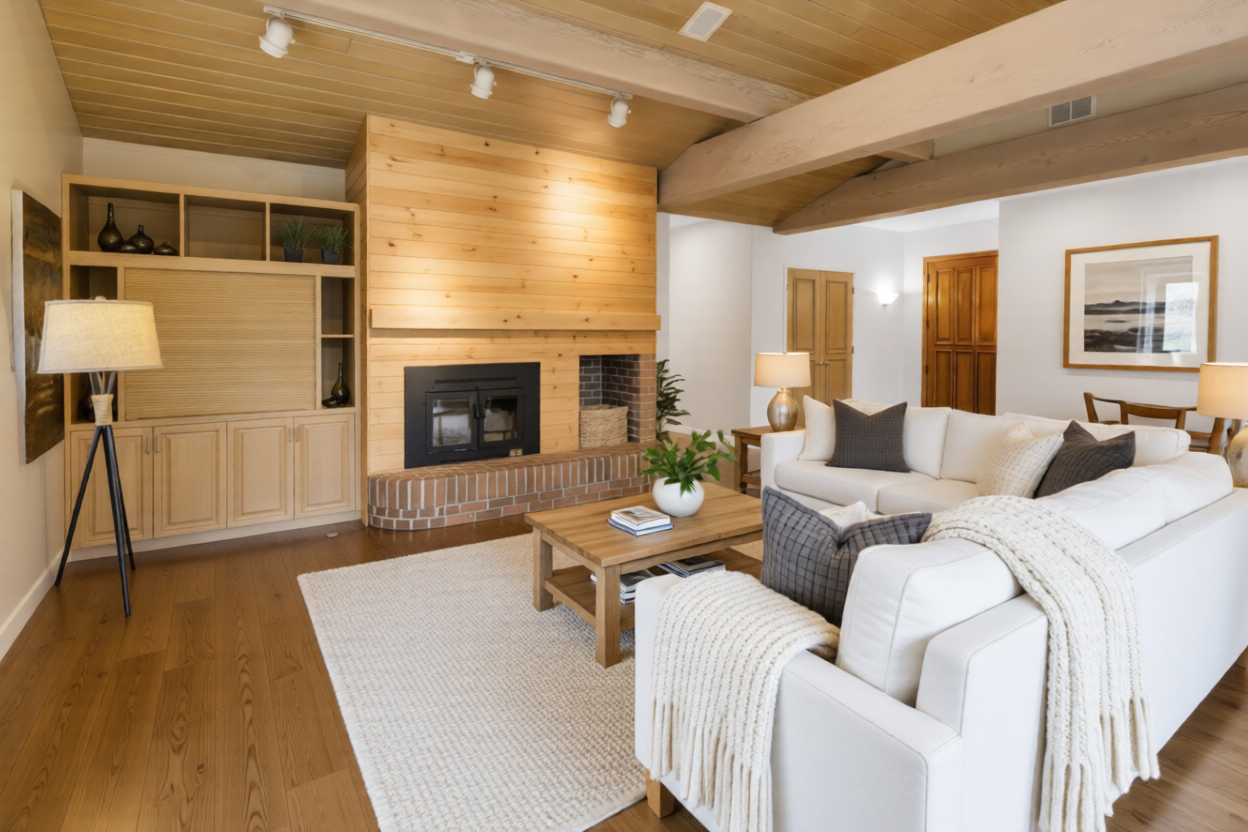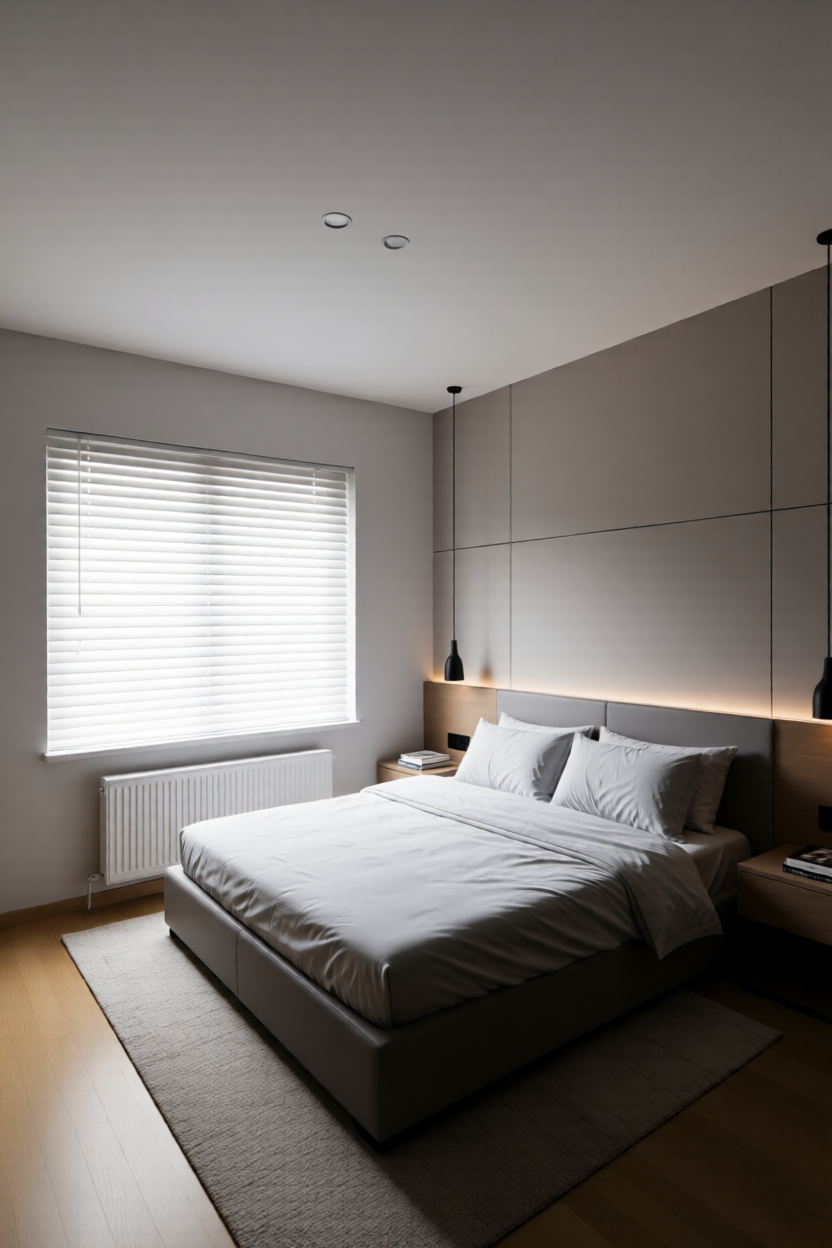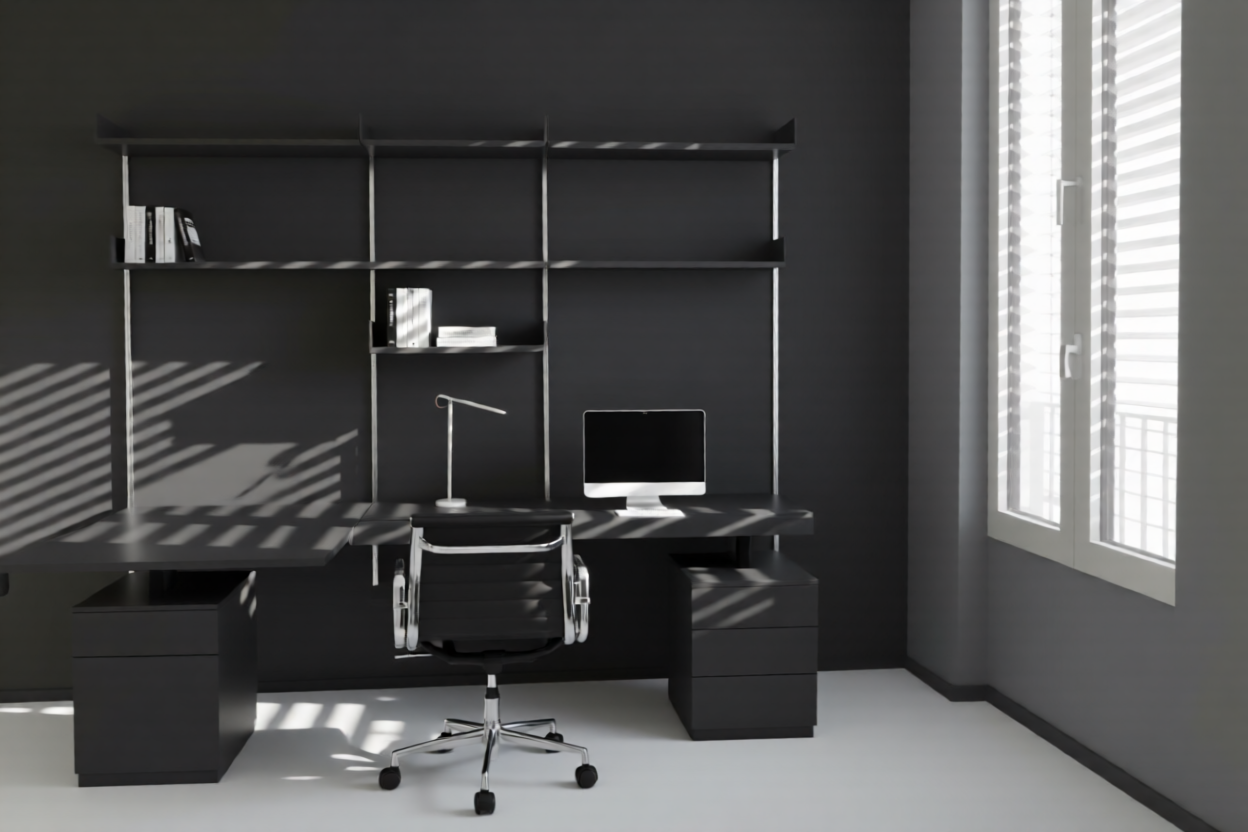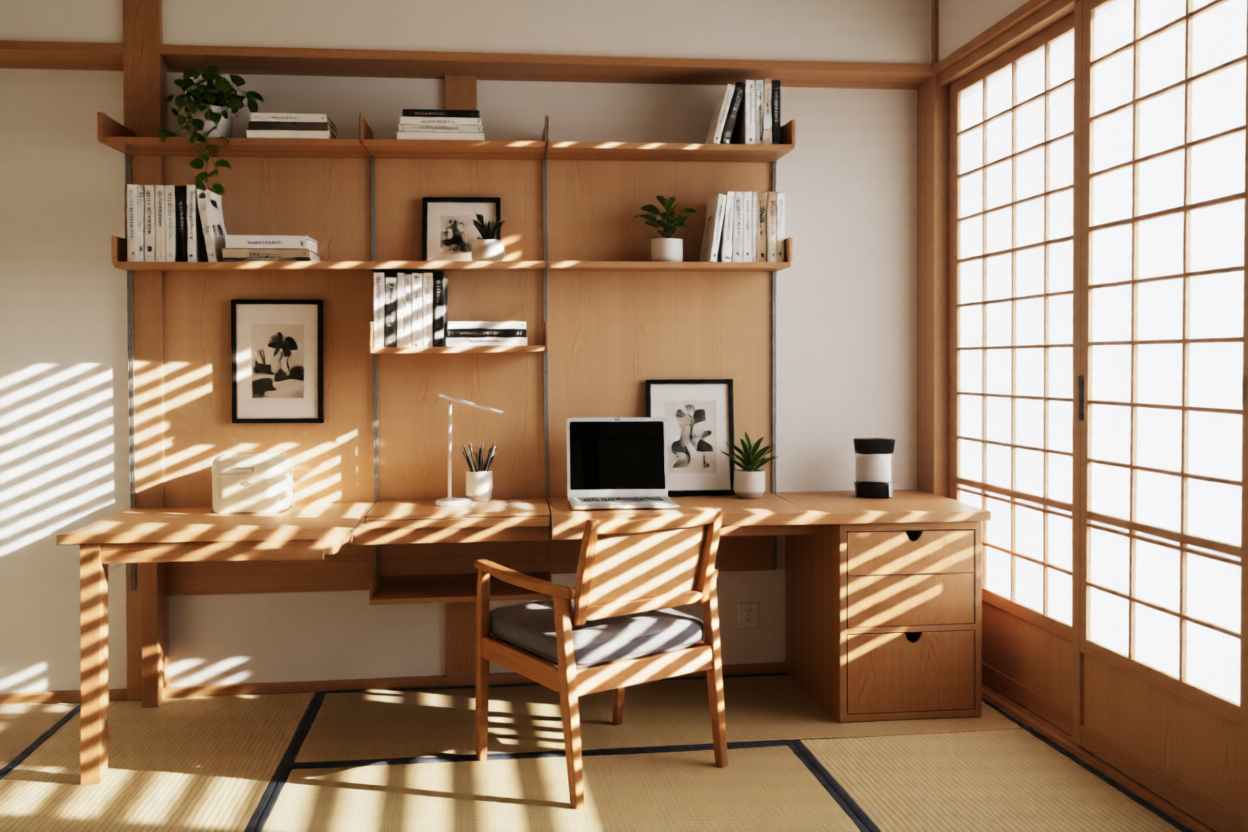What is Styly Muse?
Styly Muse is our custom-trained image editing model specifically designed for interior design applications. Unlike general-purpose image editing models, Muse has been fine-tuned on thousands of interior design transformations, learning the nuances of architectural preservation, realistic furniture placement, and style-consistent modifications.
The model has been trained to handle seven distinct types of interior design tasks: staging empty rooms, adding furniture and decor, removing existing furniture, changing wall colors, replacing flooring materials, adding branded appliances, and recoloring furniture pieces.
How It Works
Muse operates as an instruction-following image editing model. You provide a room image and a text prompt describing the desired transformation, and the model generates an edited version that preserves the room's architecture while applying your requested changes.
The training process involved curating a dataset of interior design transformations, including before/after pairs of staged rooms, furniture additions, and style modifications. We fine-tuned the base model using this specialized dataset, teaching it to understand interior design concepts like spatial relationships, lighting consistency, and style coherence.
Scandinavian Style Transformation
scandinavian
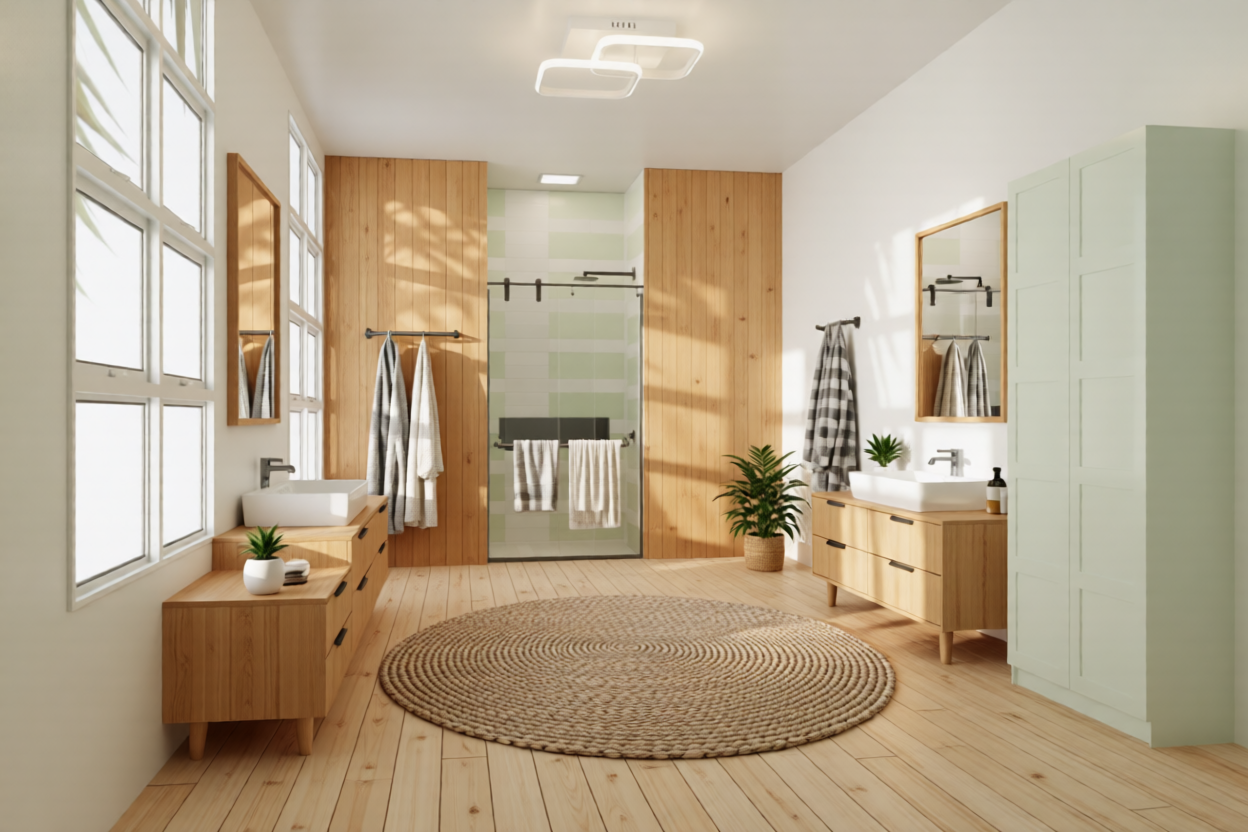

Key Capabilities
- •Architectural Preservation: Maintains walls, windows, doors, and structural elements while modifying furnishings and finishes.
- •Realistic Lighting: Preserves and adapts lighting conditions, shadows, and reflections to match the original room's environment.
- •Style Consistency: Applies transformations that respect the requested design style while maintaining visual coherence.
- •Spatial Awareness: Understands perspective, scale, and spatial relationships when placing or removing objects.
Real-World Applications
Styly Muse is designed for practical interior design workflows. Real estate professionals use it to virtually stage empty properties, helping potential buyers visualize furnished spaces. Interior designers leverage it for rapid prototyping of design concepts, testing different furniture arrangements and color schemes before making physical changes.
Homeowners and renters use Muse to experiment with renovation ideas, visualizing how different wall colors, flooring materials, or furniture pieces would look in their actual spaces. The model's ability to preserve architectural details makes these visualizations more accurate and useful for decision-making.
Furniture & Decor Addition

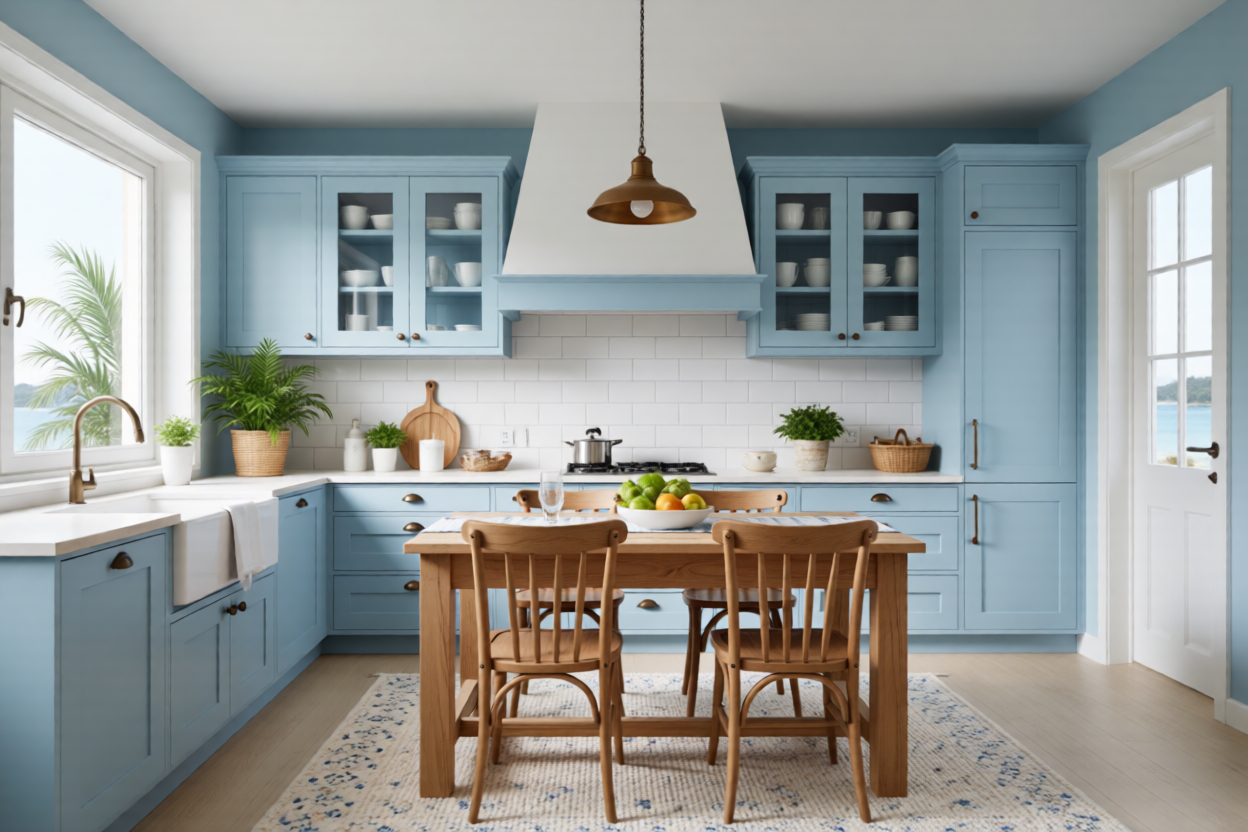

Comparison with Gemini Nano Banana
We benchmarked Styly Muse against Google's Gemini Nano Banana to understand how a specialized model compares to a general-purpose image editing system. Both models were tested on identical prompts across 124 scenarios covering seven different task types.
The key difference lies in specialization: Muse's training focused exclusively on interior design tasks, which may contribute to its reliability in this specific domain. Gemini Nano Banana, being a general-purpose model, handles a broader range of image editing tasks but may not have the same depth of interior design knowledge.
Model Comparison Examples
Prompt:
Add a kitchen island with bar stools, pendant lighting, kitchen appliences, and open shelving with decorative items, potted plant, canvas painting.
Styly Muse 🟢

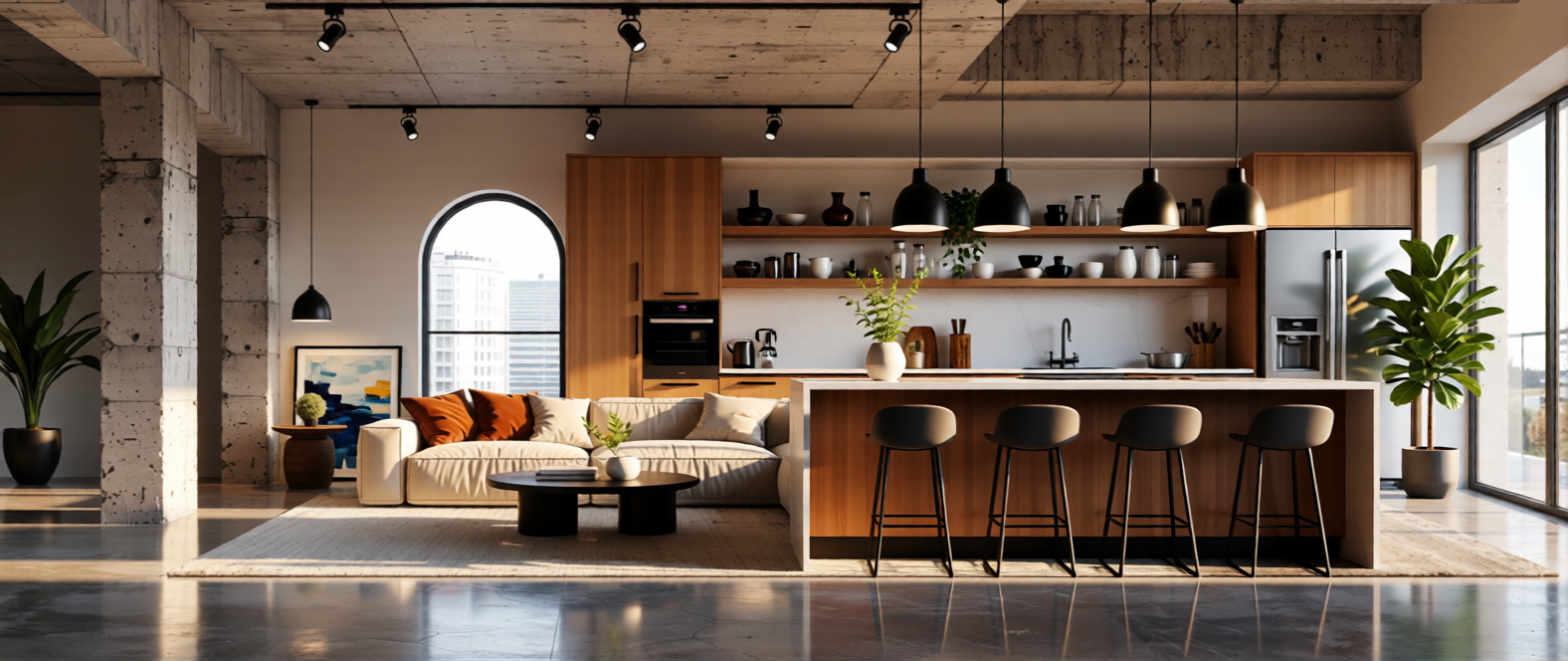

Gemini Nano Banana 🟡



Prompt:
Replace the flooring with herringbone parquet.
Styly Muse 🟢

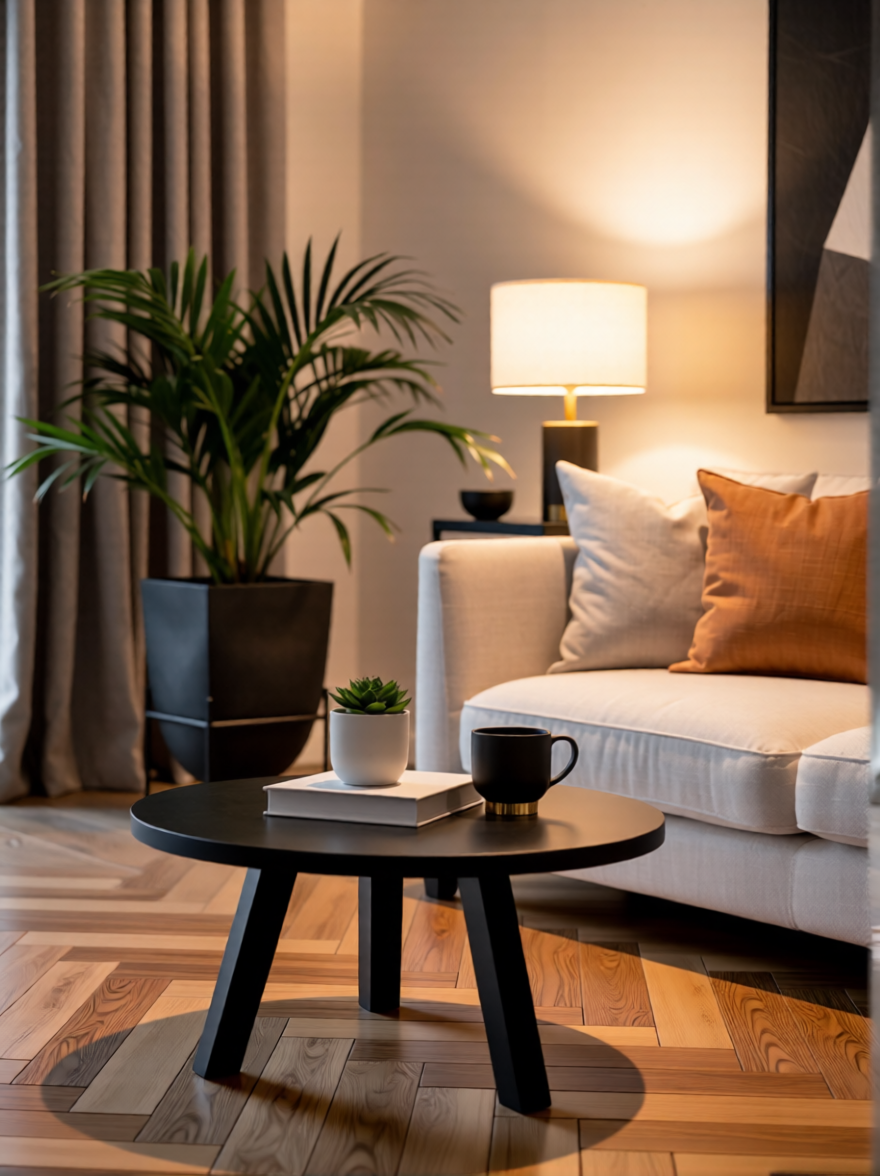

Gemini Nano Banana 🟢



Prompt:
Remove all furniture and objects from this room.
Styly Muse 🟢

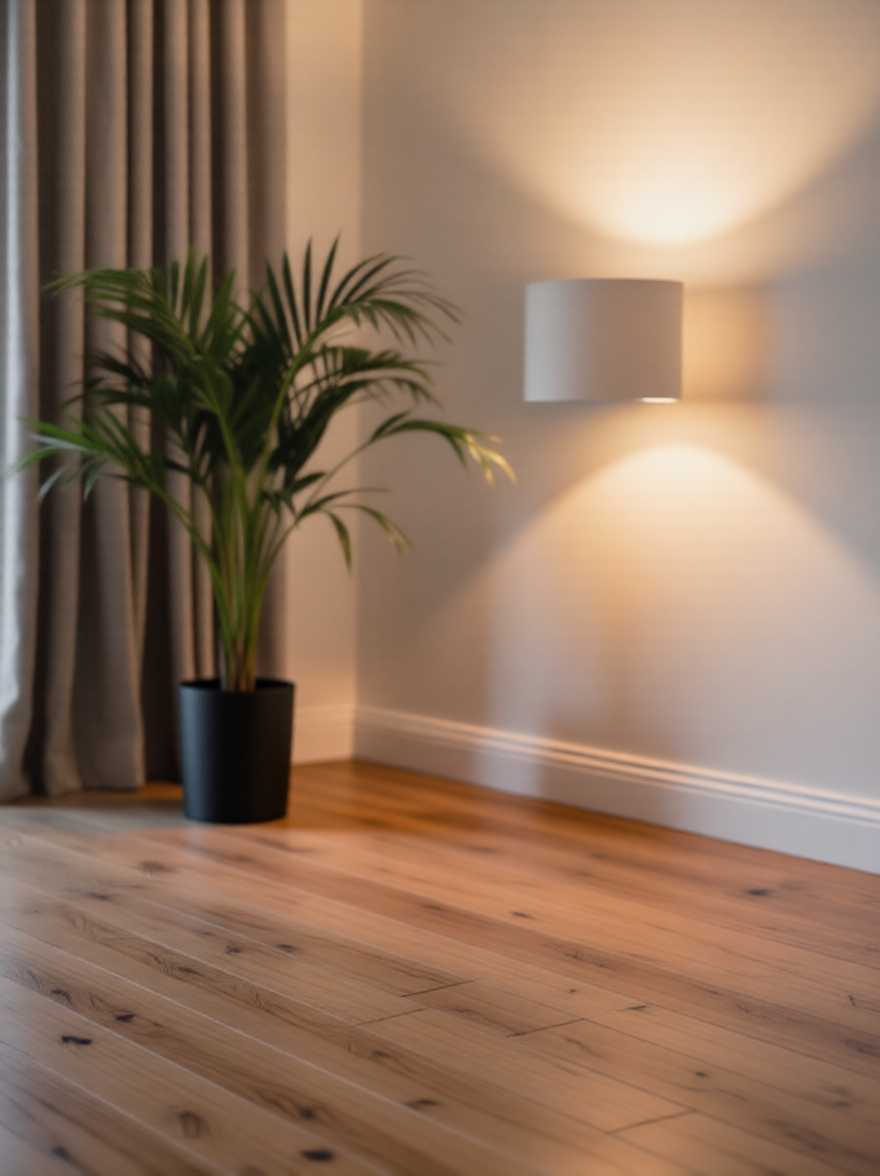

Gemini Nano Banana 🔴



Prompt:
Remove all furniture and objects from this room.
Styly Muse 🟢

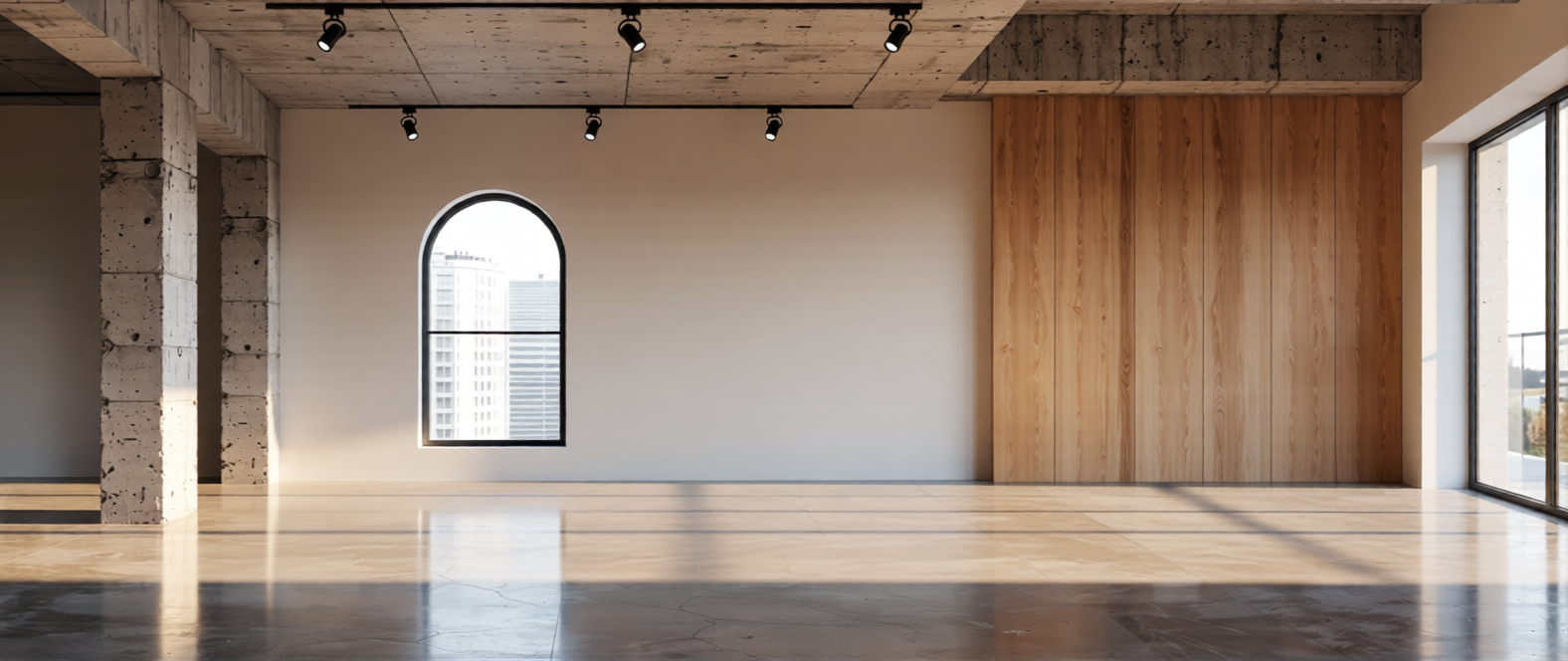

Gemini Nano Banana 🔴



Benchmark Results
We tested Styly Muse across 181 diverse scenarios covering multiple task types and room types. The model demonstrated consistent performance across all categories.
Technical Capabilities & Limitations
Transparency is important when evaluating AI models. Here's an honest assessment of what Styly Muse can and cannot do effectively.
What Muse Does Well
Staging empty rooms
Muse excels at adding furniture and decor to empty spaces while maintaining realistic proportions and lighting. The model understands how to place furniture appropriately within the room's architecture.
Furniture Removal



Current Limitations
- •Complex lighting scenarios: Rooms with dramatic lighting or multiple light sources may see inconsistencies in shadows and reflections.
- •Fine text and patterns: Small text on objects or intricate patterns may not render perfectly, though overall visual quality remains high.
- •Extreme perspective angles: Wide-angle or fisheye lens images may produce less accurate results than standard perspective shots.
- •Highly specific brand requests: While the model can add generic branded appliances, exact product models may not match real-world specifications.
Best Practices for Optimal Results
- ✓Use well-lit photos: Images with even, natural lighting produce the most consistent results.
- ✓Standard perspective: Photos taken at eye level with minimal distortion work best.
- ✓Clear prompts: Specific, descriptive prompts yield better results than vague instructions.
- ✓One change at a time: For complex transformations, apply changes incrementally rather than all at once.
Wall Color Transformation

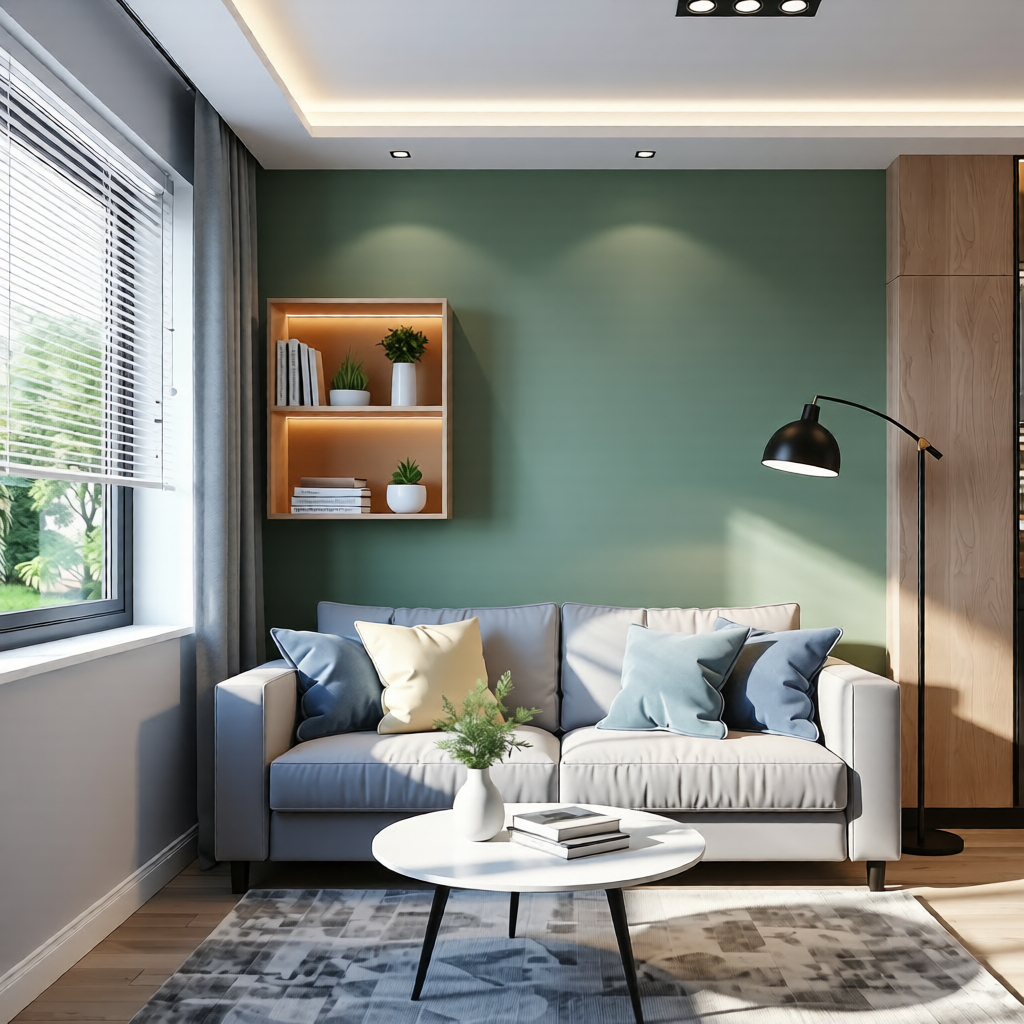

The Training Process
Styly Muse was created through a multi-stage fine-tuning process. We started with a base model and trained it on a curated dataset of interior design transformations. The dataset included thousands of before/after pairs showing various types of room modifications, from simple color changes to complete staging transformations.
Each training example paired a room image with a text instruction and the desired output. This taught the model to understand interior design terminology, spatial relationships, and the visual characteristics of different design styles. The training process emphasized preserving architectural integrity while making requested modifications.
We validated the model's performance through iterative testing, refining the training data based on areas where the model struggled. This resulted in the current version, which demonstrates strong performance across diverse room types and transformation tasks.
Modern Style Application
industrial
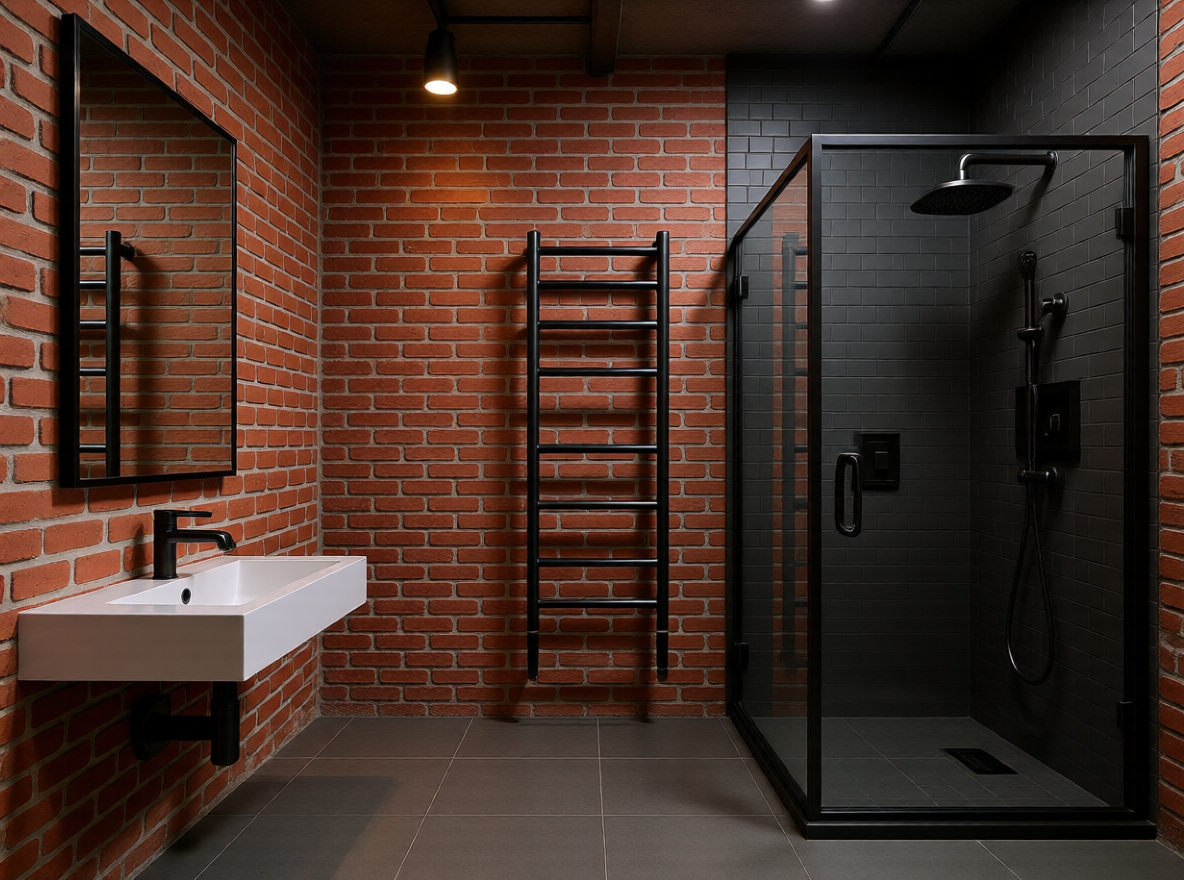

Looking Forward
Styly Muse represents our first specialized interior design model, and we're continuing to improve it. Future updates will focus on expanding the range of supported transformations, improving handling of complex lighting scenarios, and enhancing the model's understanding of specific design styles and brands.
We're also exploring ways to make the model more accessible to professional designers and homeowners alike, with features like batch processing, style consistency across multiple rooms, and integration with 3D rendering workflows.




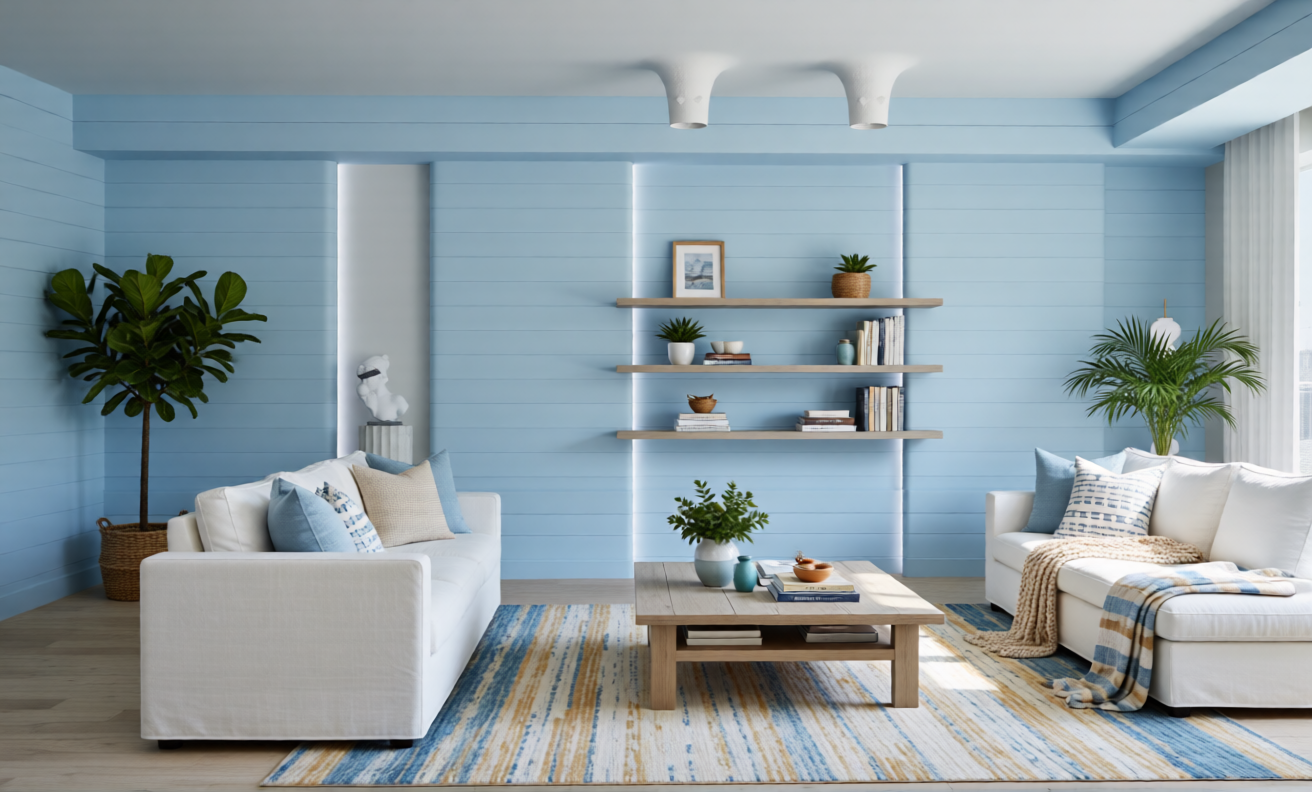

Technical Specifications
| Model | Input/Output | Resolution | GPU | Inference Time | Quality Options |
|---|---|---|---|---|---|
| Styly Muse Image Gen | Text-to-Image | 1536x1536 px | H100 | 4 seconds (base) | Low / Medium / High* |
| Styly Muse Edit | Image-to-Image | 1024 px | H100 | 3 seconds (base) | Low / Medium / High* |
| Styly Muse Multi-InputComing Soon | Purpose: Powers Decorator workflows in the app and API catalogue Expected Release: Next month | ||||
Styly Muse Image Gen
Text-to-Image
Styly Muse Edit
Image-to-Image
Styly Muse Multi-Input
Coming SoonPowers Decorator workflows in the app and API catalogue
Next month
* Inference time increases proportionally with quality level
Contact us for more information at contact@styly.io
Ready to Transform Your Spaces?
Styly Muse is available through our API and web platform. Deploy it on your infrastructure or use our managed service with guidance for your applications.

